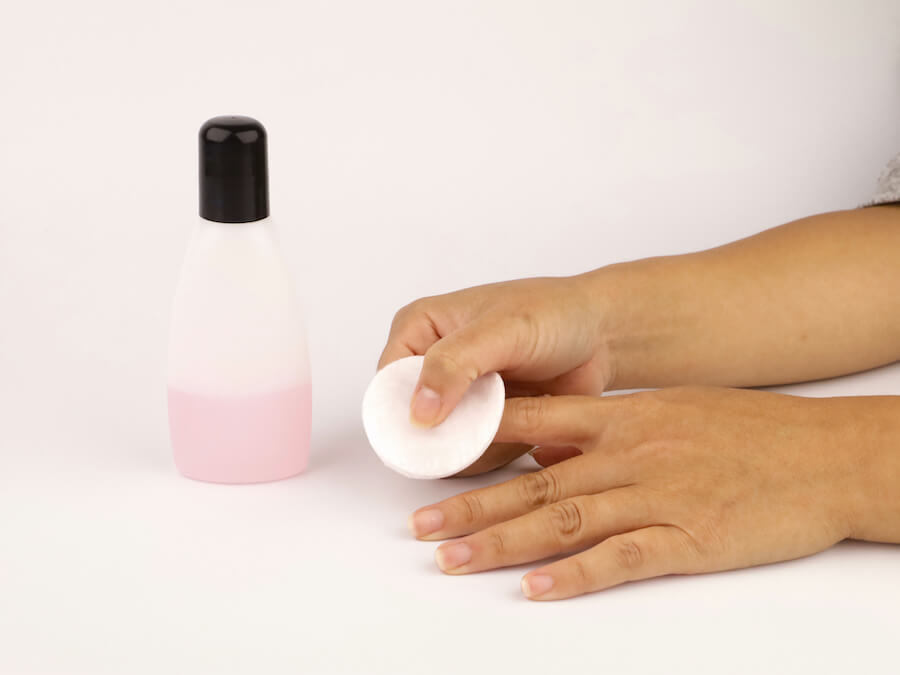Nail Polish Remover SDS
Nail Polish Remover SDS is a staple in many households, especially for those who love to keep their nails fresh and polished. While it’s a common product, many people don’t fully understand the potential hazards associated with its use. This is where the Safety Data Sheet (SDS) comes into play. The SDS is a vital document that provides detailed information about the chemicals in products like nail polish remover, including their potential hazards and safety precautions. This blog post will delve into the essential aspects of nail polish remover SDS and why understanding this document is crucial for safe handling.
What is a Safety Data Sheet (SDS)?
A Safety Data Sheet (SDS) is a document that provides detailed information about the properties of a chemical product. It includes data on the potential hazards (health, fire, reactivity, and environmental), how to use the product safely, what to do in an emergency, and how to handle, store, and dispose of the product. The SDS is designed to ensure that users of the chemical have the information they need to protect themselves and the environment.
Why is the SDS Important for Nail Polish Remover?
Nail polish remover, particularly those containing acetone or other solvents, can be hazardous if not used correctly. The SDS for nail polish remover outlines:
- Chemical Composition: Understanding the ingredients helps users recognize any potential allergens or harmful chemicals.
- Health Hazards: This section details the effects of exposure to the remover, including skin irritation, respiratory issues, and more.
- Safety Measures: Information on personal protective equipment (PPE), safe handling practices, and first aid measures.
- Fire and Explosion Hazards: Many nail polish removers are flammable. The SDS guides fire prevention and what to do in case of a fire.
- Environmental Impact: Proper disposal methods to minimize environmental harm.
Breaking Down the Nail Polish Remover SDS
To effectively use the information provided in an SDS, it’s important to understand its structure. Here’s a breakdown of the key sections you’ll find in an SDS for nail polish remover:
- Identification
- Product Identifier: The specific name of the nail polish remover.
- Manufacturer Information: Name, address, and contact information of the manufacturer or distributor.
- Recommended Use: Describes what the product is intended for (e.g., removing nail polish).
- Restrictions on Use: Advises on any uses that are not recommended.
- Hazard Identification
- Classification: Identifies the type of hazards the product presents (e.g., flammable liquid, irritant).
- Signal Word: Indicates the severity of the hazard (e.g., “Danger” or “Warning”).
- Hazard Statements: Specific hazards, such as “Highly flammable liquid and vapor” or “Causes skin irritation.”
- Precautionary Statements: Recommended measures to minimize or prevent adverse effects.
- Composition/Information on Ingredients
- Chemical Ingredients: Lists the chemical substances in the product and their concentrations.
- Common Names: Other names the ingredients might be known by.
- First Aid Measures
- General Advice: Immediate steps to take if exposure occurs.
- Specific Instructions: Detailed first aid measures for different types of exposure (e.g., inhalation, skin contact).
- Firefighting Measures
- Extinguishing Media: Suitable methods for extinguishing fires involving the product.
- Special Hazards: Any unusual fire or explosion hazards.
- Protective Equipment: Recommendations for firefighters.
- Accidental Release Measures
- Personal Precautions: Steps to protect oneself during an accidental spill.
- Containment Methods: How to contain and clean up the spill.
- Handling and Storage
- Safe Handling: Instructions on how to handle the product safely.
- Storage Conditions: Recommended storage conditions to prevent accidents.
- Exposure Controls/Personal Protection
- Exposure Limits: Occupational exposure limits for the ingredients.
- Personal Protective Equipment (PPE): Recommended protective gear, such as gloves and goggles.
- Physical and Chemical Properties
- Appearance: Description of the product’s physical state and color.
- Odor: Characteristic smell.
- Boiling Point, Flash Point, and Other Properties: Key physical and chemical properties.
- Stability and Reactivity
- Reactivity: Description of reactivity hazards.
- Stability: Information on chemical stability and any conditions to avoid.
- Toxicological Information
- Health Effects: Detailed information on the potential health effects of exposure.
- Symptoms of Exposure: Signs and symptoms that may occur from exposure.
- Ecological Information
- Environmental Impact: Effects on the environment and aquatic life.
- Disposal Considerations
- Disposal Methods: Safe disposal methods for the product and its container.
- Transport Information
- Transport Hazards: Information on how the product should be transported.
- Regulatory Information
- Regulatory Status: Information on regulations that apply to the product.
- Other Information
- Additional Safety Information: Any other relevant safety information not covered in the previous sections.
Tips for Safe Handling of Nail Polish Remover SDS
Understanding the SDS is just the first step. Here are some practical tips for handling nail polish remover safely:
- Use in a Well-Ventilated Area: This prevents inhalation of fumes, which can be harmful.
- Wear Protective Gear: Gloves and goggles can protect your skin and eyes from irritation.
- Keep Away from Heat Sources: Since many nail polish removers are flammable, keep them away from open flames and heat sources.
- Store Properly: Ensure the container is tightly closed and stored in a cool, dry place out of reach of children and pets.
- Dispose of Responsibly: Follow the disposal instructions on the SDS to minimize environmental impact.
Conclusion
The Safety Data Sheet for nail polish remover is a crucial document that provides valuable information about the safe handling and potential hazards of the product. By understanding and following the guidelines outlined in the SDS, you can ensure your safety and the safety of those around you while using nail polish remover. Always take the time to read and comprehend the SDS for any chemical product you use, and practice safe handling and storage to prevent accidents and health issues.
